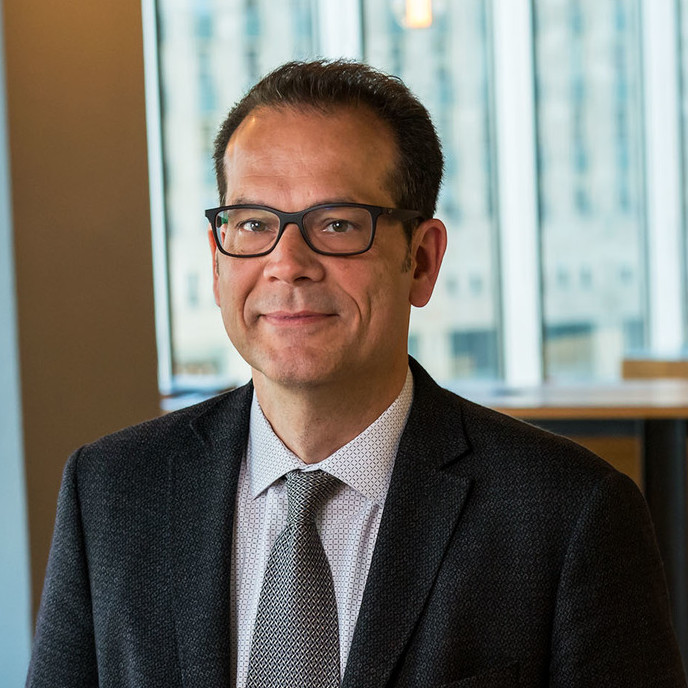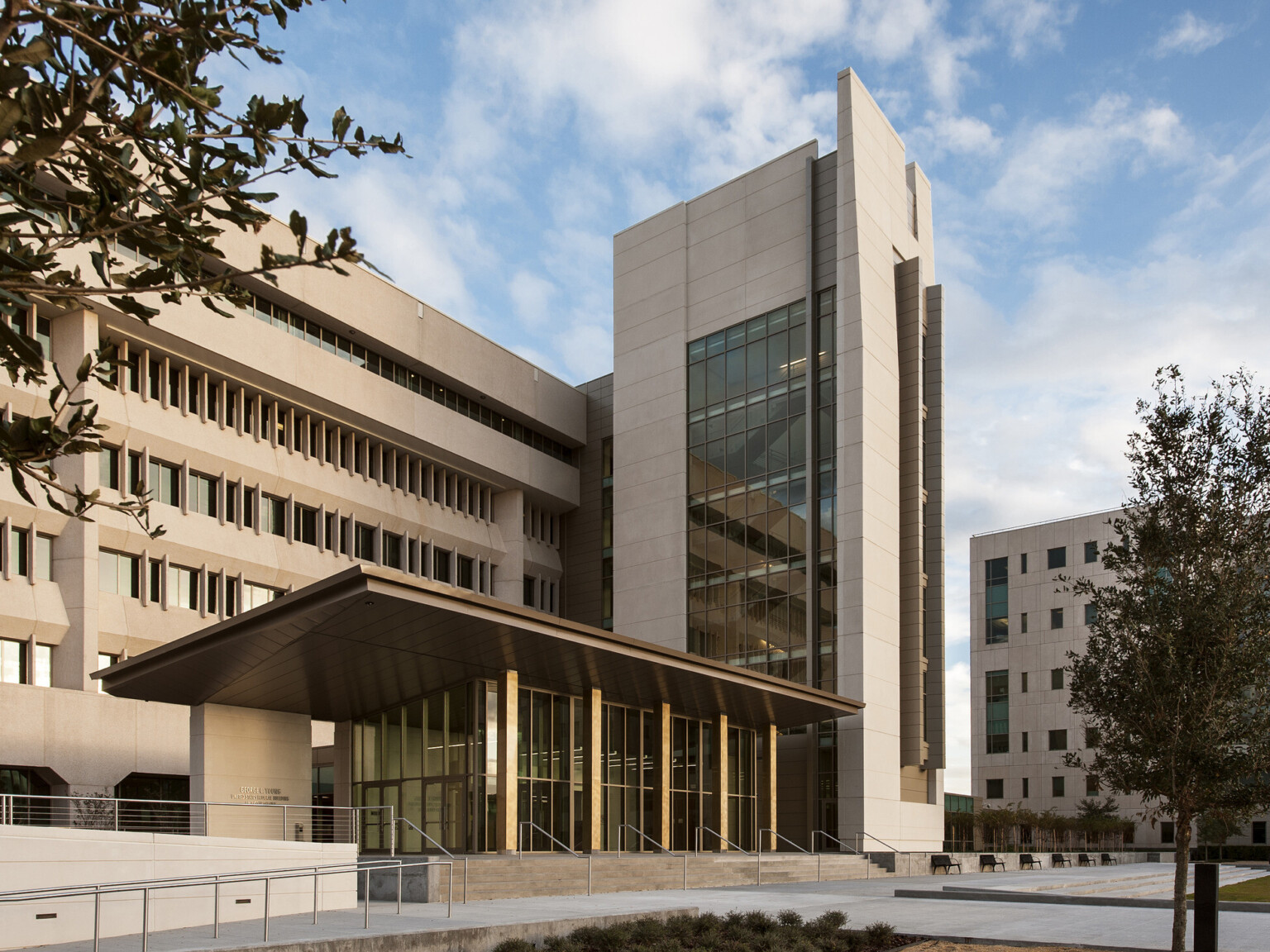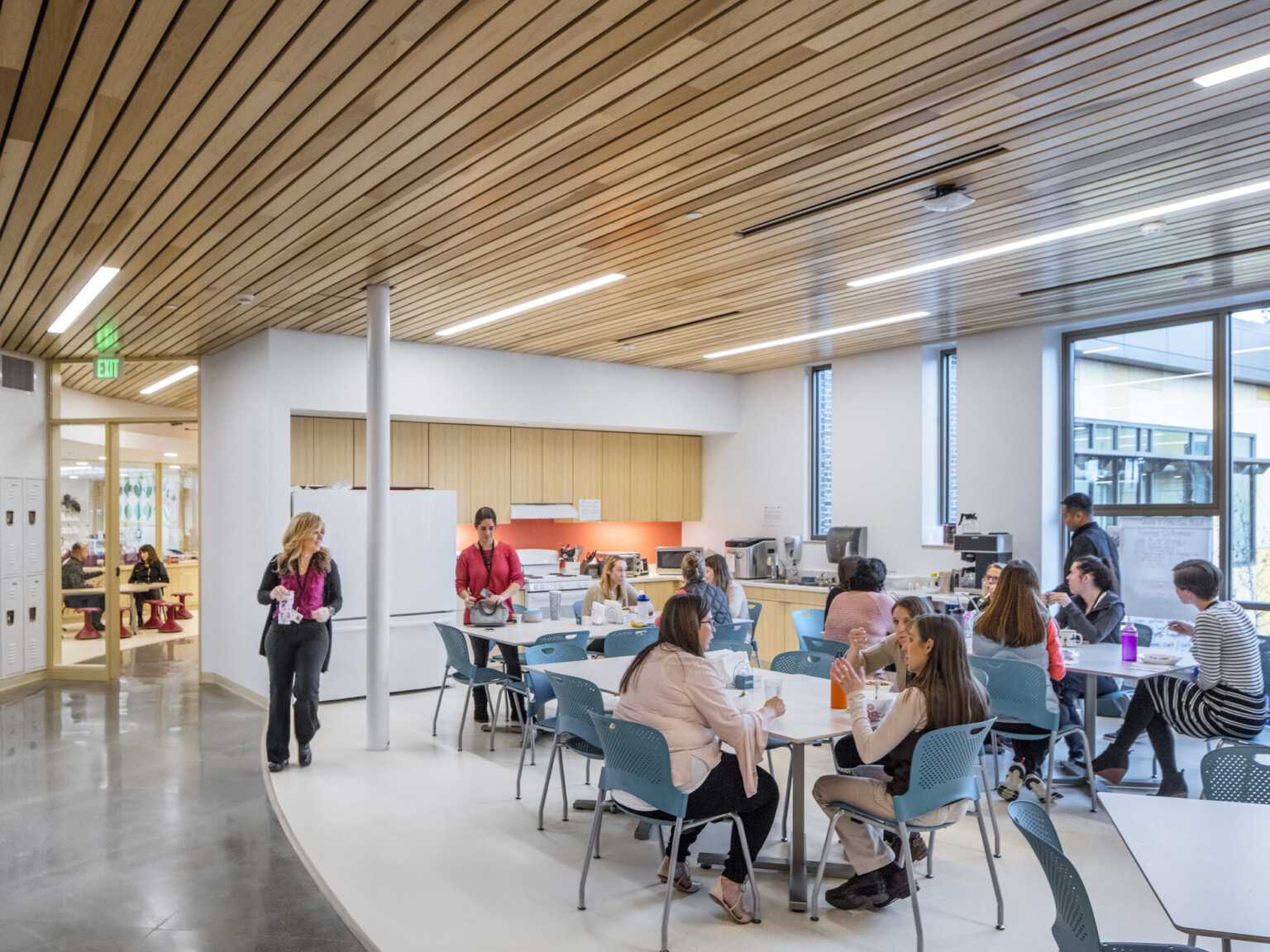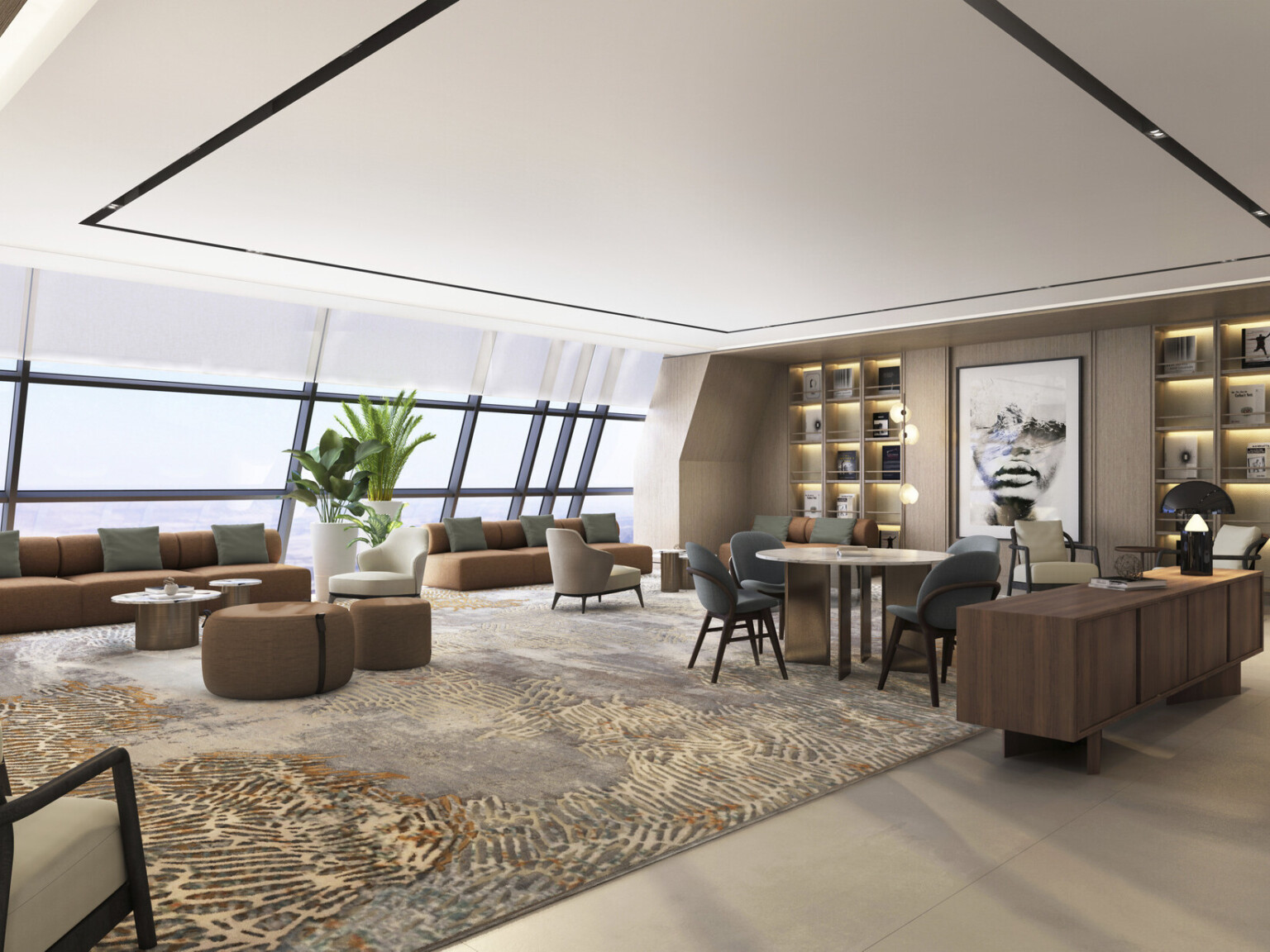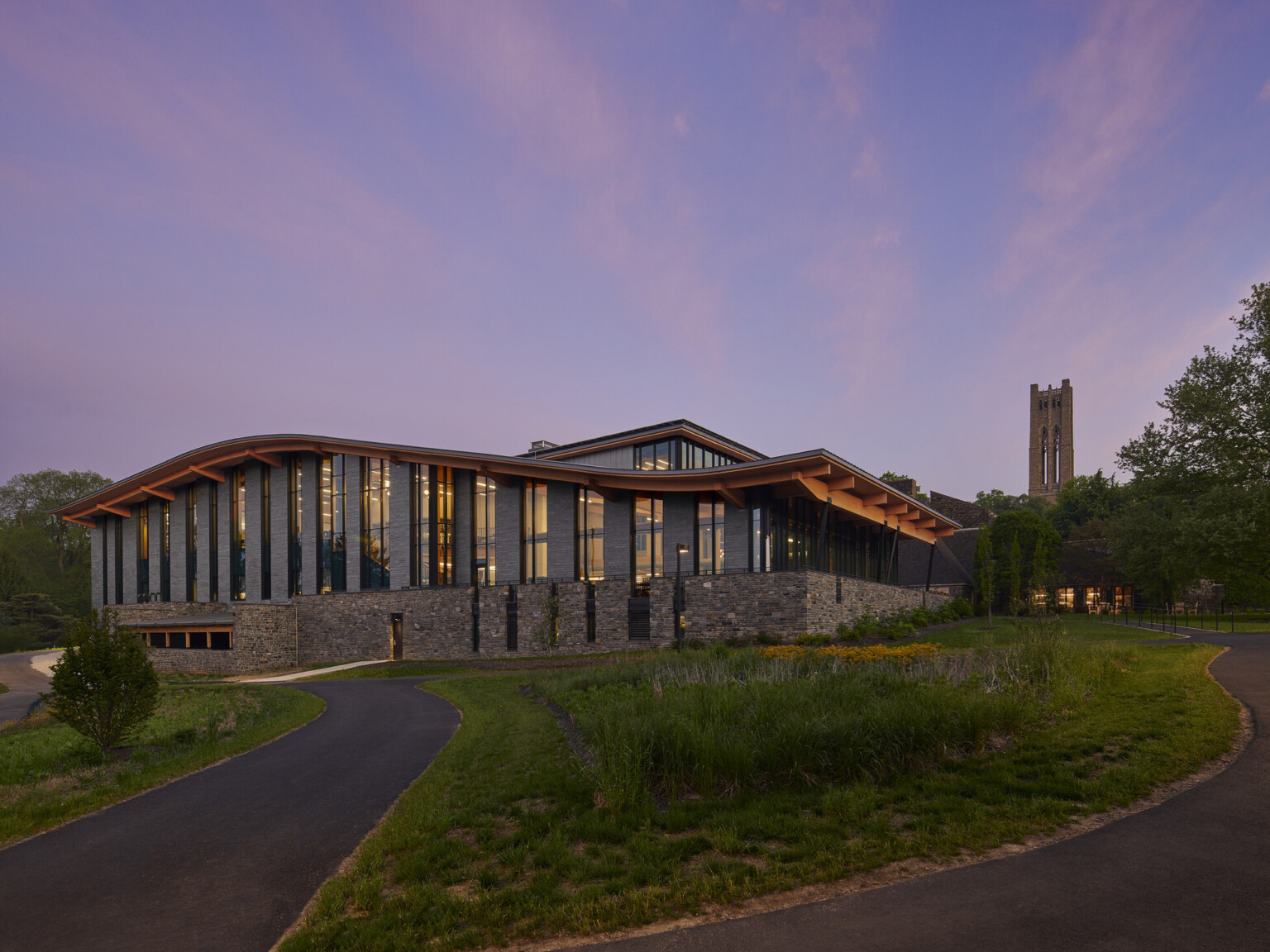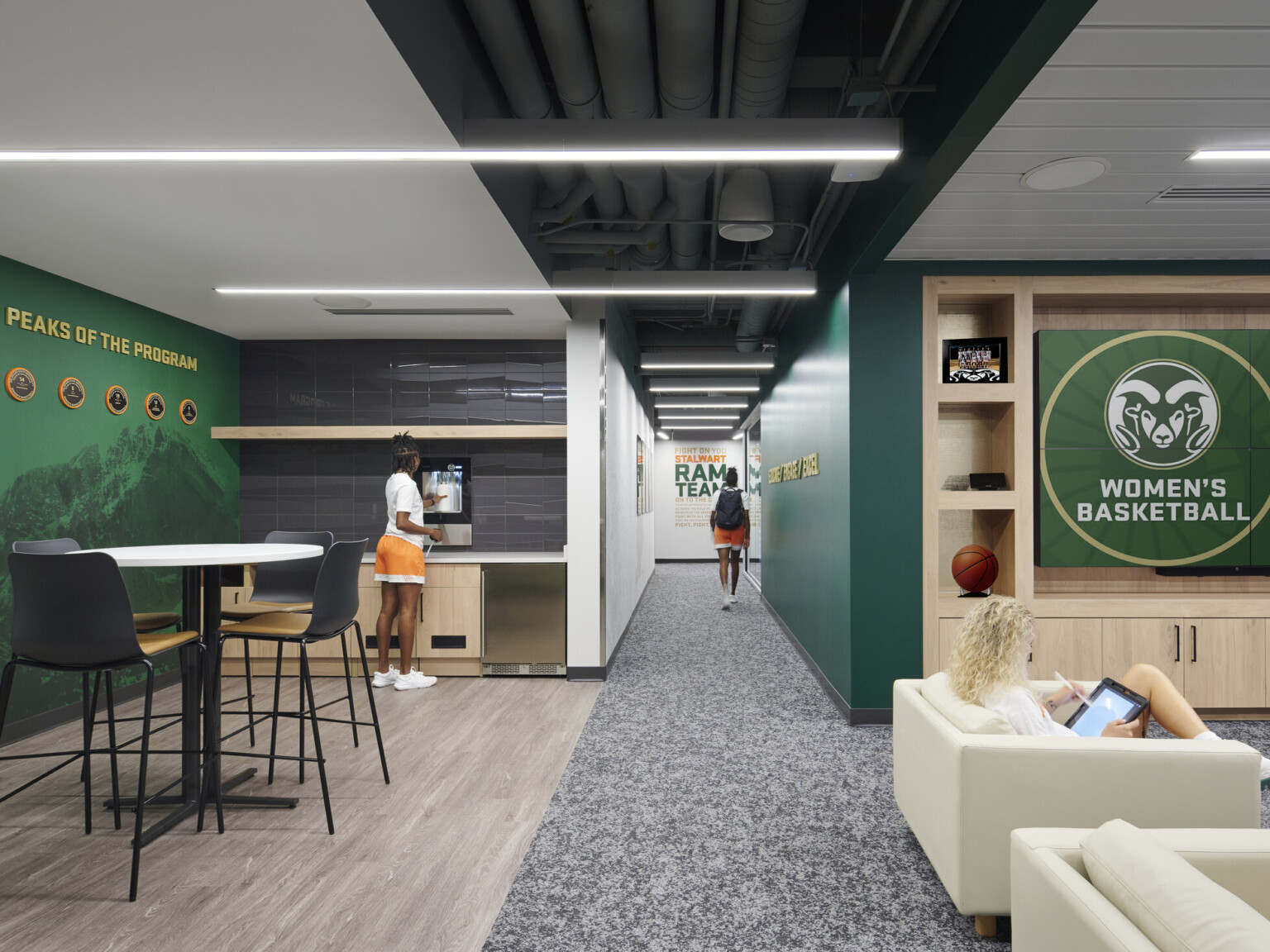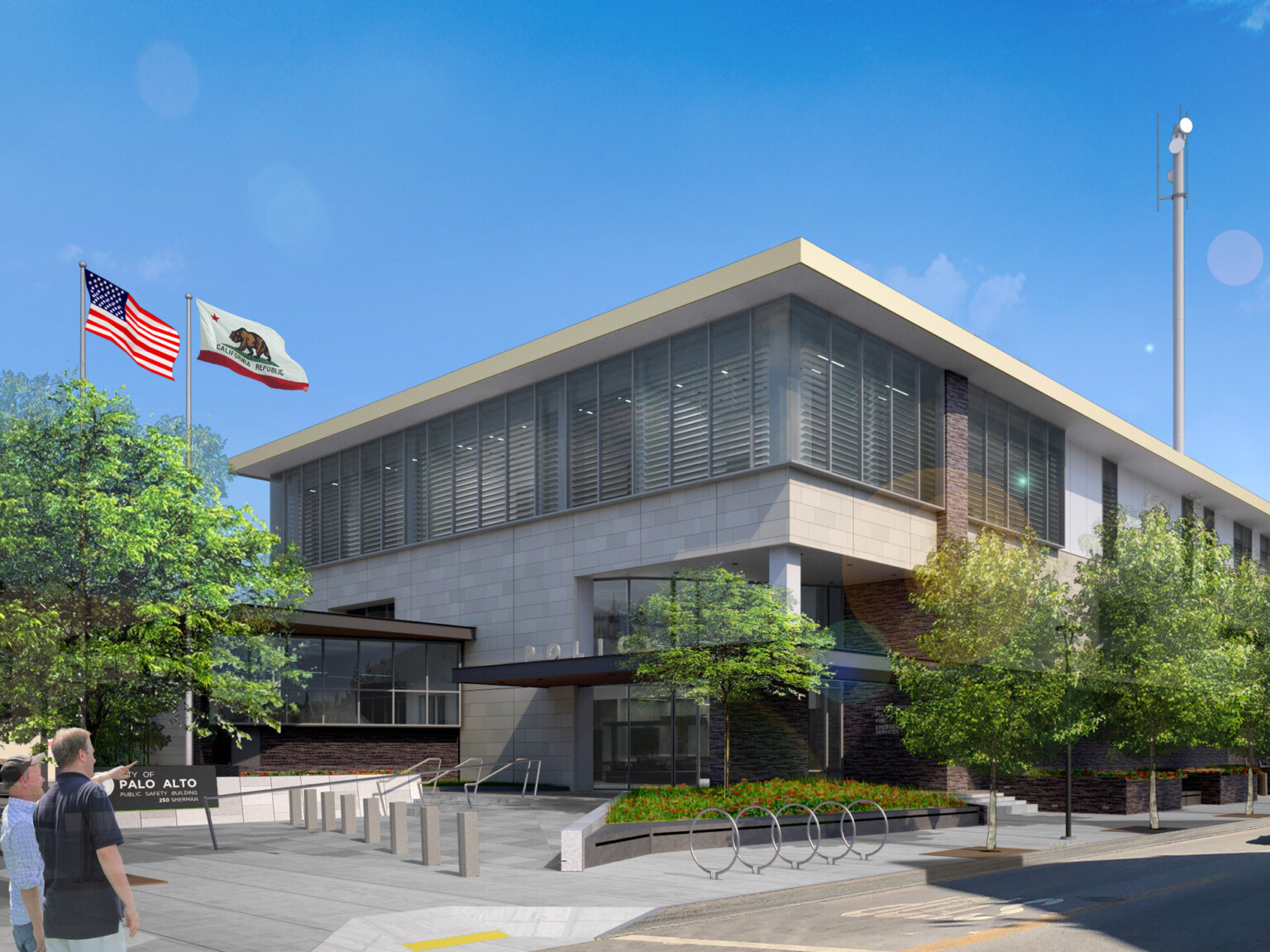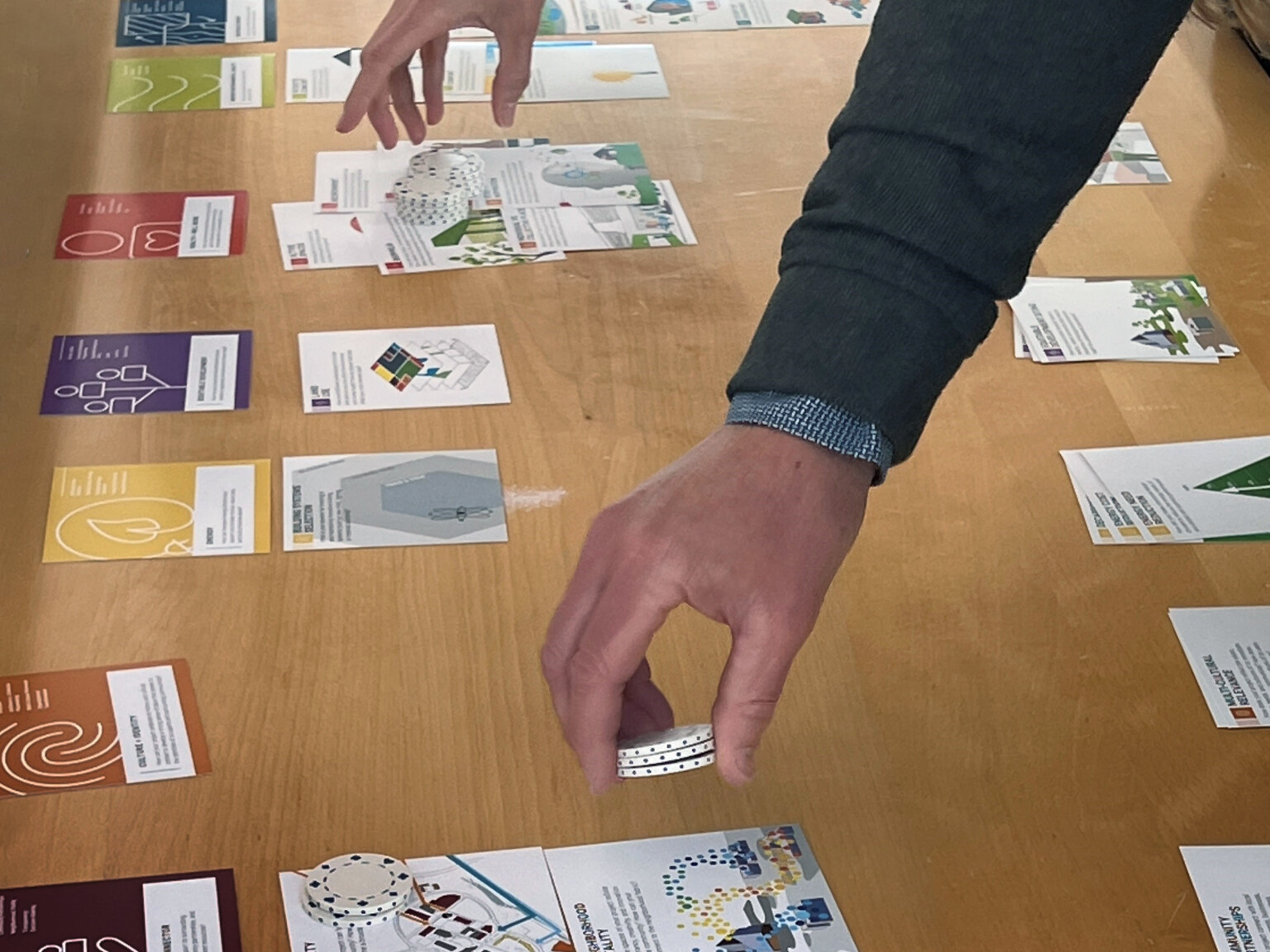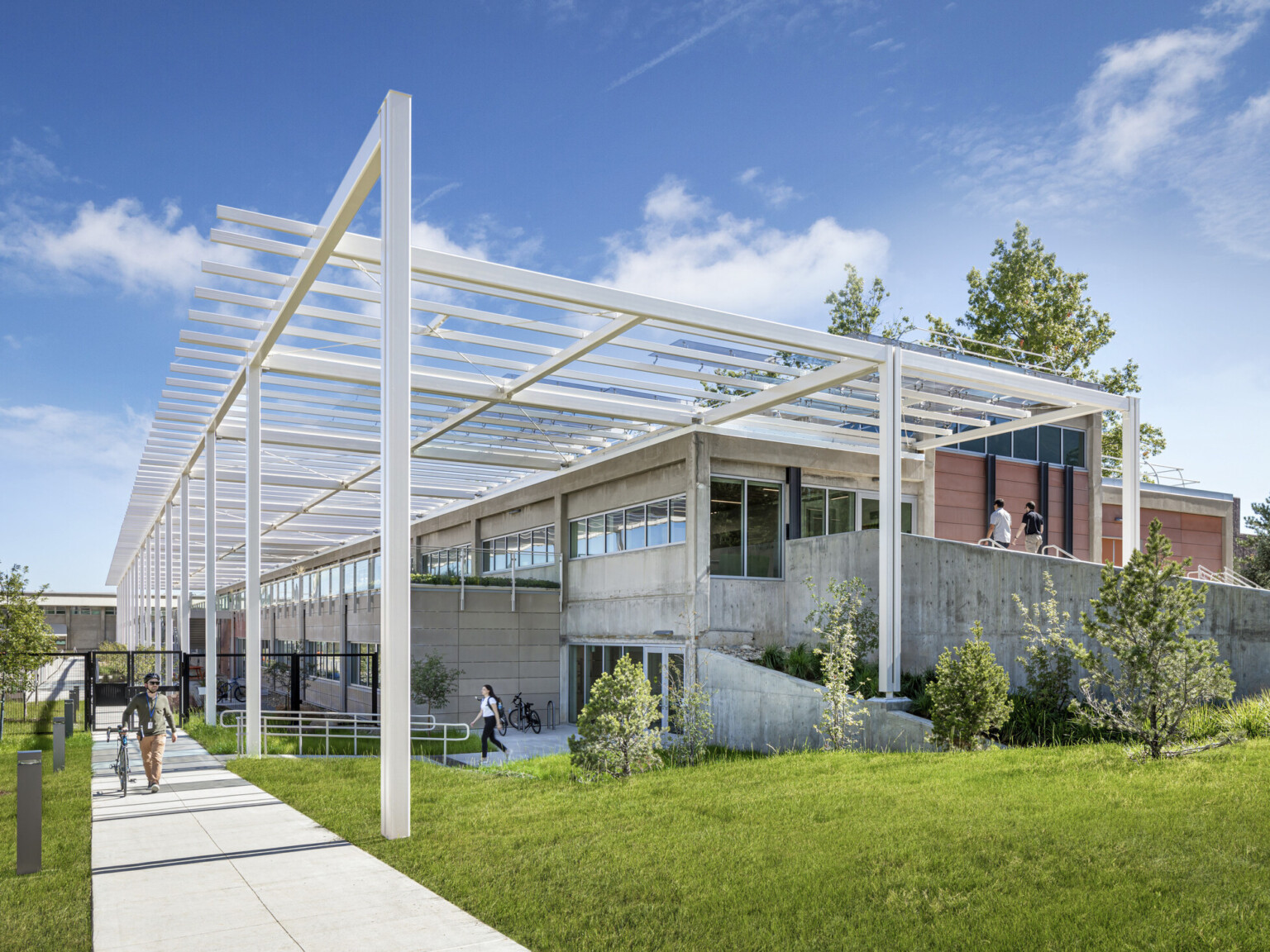Unlocking the Potential of Mass Timber: 5 Lessons from T3 Projects
Ten years after we began working on Hines’ mass timber concept, we now have six built T3 — Timber, Transit, and Technology — projects and are in the process of designing and constructing five more across North America. In 2016, our first T3 project, T3 North Loop in Minneapolis, became the largest mass timber building in the United States. In 2023, the completed T3 Sterling Road in Toronto became the firm’s largest and tallest T3 project and T3 ATX Eastside in Austin, Texas, became the first T3 to offer Class-A timber office space and 15 residential units.
As with any pioneering building system, each iteration improves on the last. Looking back at the progress made after designing nearly three million SF of mass timber, there are also plenty of takeaways that will help propel us forward to what’s next for the industry.
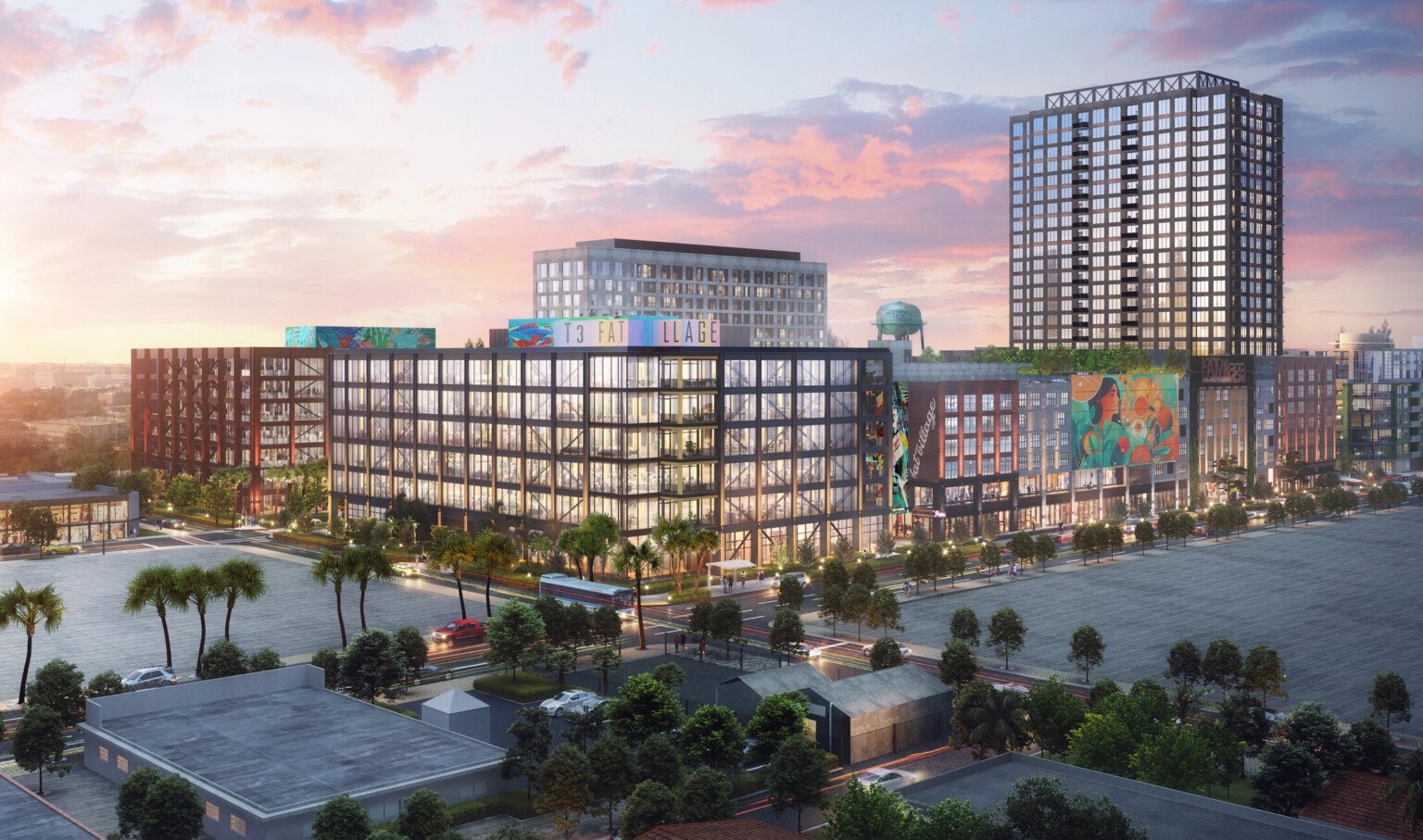
Financial Viability
A common question we receive about using mass timber as the primary building material is: How does it differ in cost from other materials, such as steel and concrete? Like many other materials, the cost of building with mass timber varies based on location and the marketplace, but as of March 2022, per a recent analysis for an 80,000-SF, eight-story hotel, we’ve estimated a 3-4% premium on mass timber over conventional construction. While at face value this may seem significant, mass timber has proven to be cost-effective on many fronts and offers enough benefits to outweigh this initial cost and save time and money for developers in the long term.
According to Think Wood, modular, prefabricated panels assembled onsite allow for a mass timber design to be built as much as 25% faster than concrete structures, considering construction timeline and financial savings. The uniqueness of mass timber in the workplace is a major differentiator when comparing it against other office building types. Based on our experience, it’s proven that mass timber office concepts have a higher leasing probability and offer a higher premium for rent, as tenants will pay more for eco-friendly and socially conscious office environments.
Example: In 2018, with Amazon as an anchor tenant, Hines sold T3 North Loop to LaSalle for the highest per square foot cost in Minneapolis history. This price was also well above the average price per square foot in the traditionally more covetable Central Business District.

Building Code Influence
As with each unique heavy timber development, we continue to improve the program in response to jurisdictional distinctions. Changes to the International Building Code in 2021 and 2024 have allowed for taller and larger timber buildings due to compelling evidence supporting fire safety properties of mass timber construction and governments’ commitment to reducing carbon emissions in the built environment. These updates have significantly expanded our options for timber construction.
Our research and proven results of the T3 concept suggest that by trying new concepts and challenging the way things have always been done, we are playing a part in raising awareness of the possibilities to code officials and as a result, helping push the evolution of these building codes.
Example: Recently, T3 Sterling Road in Toronto became the firm’s largest and tallest T3 project, reaching eight stories and a height of 33 meters (108 feet). Through Ontario’s alternative compliance path and a precedent formed by previously constructed timber buildings, T3 Sterling Road exceeds building code height and story limits for mass timber and shows that there are greater possibilities for mass timber in the built environment to be larger and taller in the future.
Environmental Impact
Since the beginning, our mission with mass timber has been to play a role in reducing the impact that buildings have on the environment and utilizing timber as a structural material significantly reduces the embodied carbon.
For many companies striving to minimize their footprint on the planet, the ultimate sustainability goal is achieving net-zero emissions by preventing or offsetting all the carbon their operations release into the atmosphere.
In recent years, though, mass timber buildings — made from raw wood products bound together into strong planks — have emerged as a low-carbon alternative that can rival the strength of concrete and steel, even in structures dozens of stories tall. Having only tapped into 2% of the forestry available for construction, this renewable resource is an appealing and sustainable option for the built environment’s future.
“Through sustainable forestry practices, the forests can pull carbon from the air which will then be sequestered in the mass timber buildings and new trees can be grown to repeat the cycle,” says Bobby.
Example: In looking at the impact of our six T3 timber office buildings, it took an average of 13 minutes to grow all the mass timber used in our buildings. Also, through timber and other sustainability practices, we’ve avoided 9,969 metric tons of CO2 emissions, equivalent to taking 7,283 cars off the road for a year.
Additionally, all materials used for interior architectural finishes within T3 buildings are vetted through the Living Building Challenge Red List, and the majority of those selected are Red List Free.
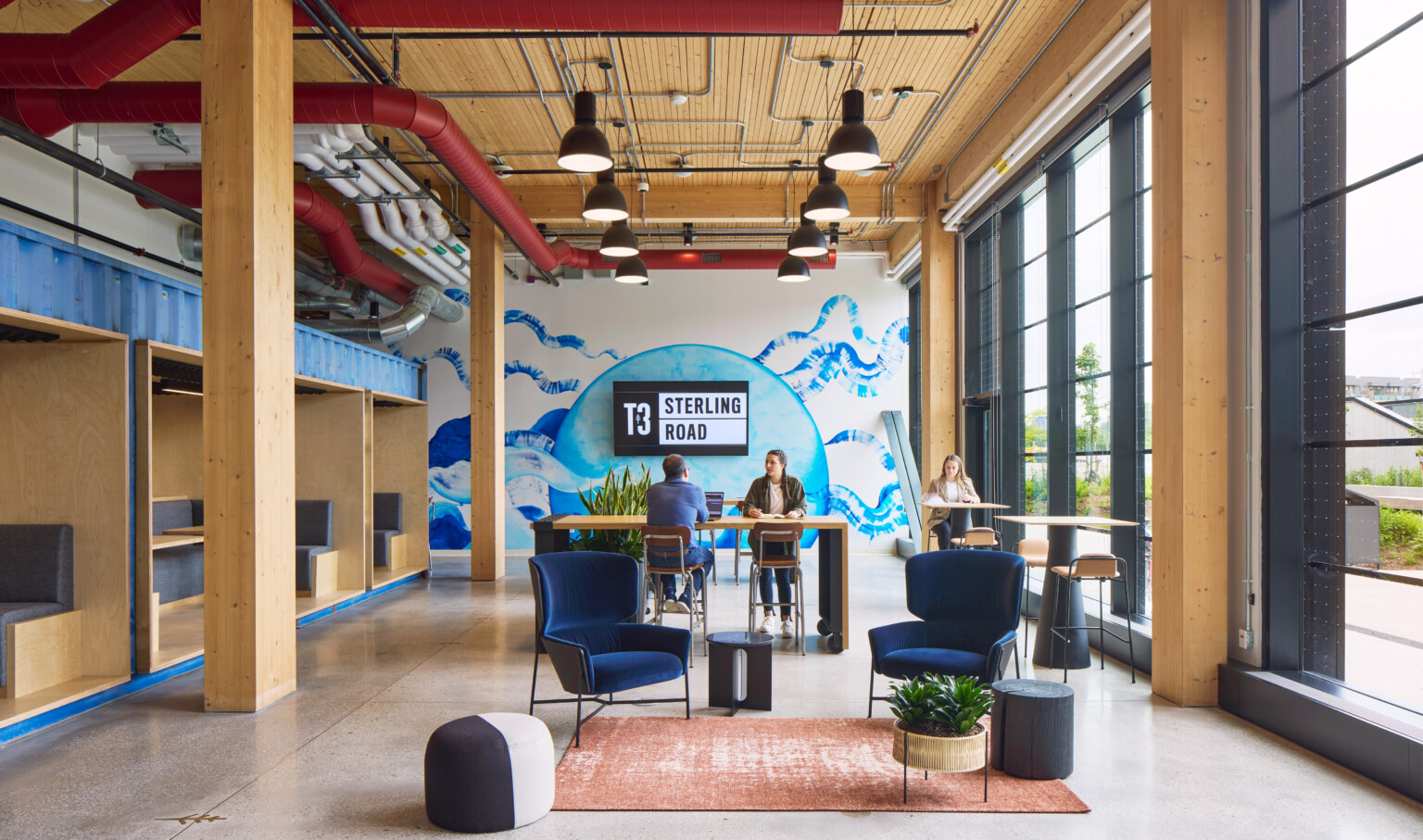
Aesthetically Pleasing
There is overwhelming evidence which demonstrates that the design of an office impacts the health, wellbeing, and productivity of its occupants. In addition to the environmental and sustainable benefits of mass timber, the beautiful and raw nature of exposed timber in buildings can be linked to better mental and emotional health for users in the workplace.
Biophilic design is increasingly used in the built environment to boost occupant wellbeing through connection to nature and the use of natural elements. Examples of these natural elements may include adjustable lighting design to support circadian rhythm, textures and patterns that mimic nature, color palettes related to the local landscape and vegetation, and honest and pure materials that support healthy indoor air quality. When individuals have contact with nature, their neurological, physiological, and psychological responses result in less stress, increased creativity and clarity in thought, more relaxation and positive moods, and increased concentration.
According to a study conducted for Forestry Innovation Investment, wood is one of the few natural elements that can simultaneously achieve four important goals in the built environment, including reduced carbon emissions, increased sustainability in a building’s life cycle, improved occupant wellbeing, and increased organizational benefits from having happier, healthier and more productive employees.
Contextual Design
Mass timber construction is almost always driven by purpose. When many clients consider mass timber for their buildings, it’s motivated by the benefits and uniqueness that timber structures offer that will help set their building apart.
A big part of this unique equation is location and how mass timber can fit into the context of the surrounding neighborhood. The T3 concept was created in response to the growing cultural demand for local authenticity, sustainability, and urban and social connectivity across North America. Each façade answers the surrounding neighborhood in a tailored fashion, grounding the property at a human scale and washing patrons in the warm richness of wood that few modern live-and-work buildings have.
Another major component of the T3 concept is its proximity to local transit to encourage using more sustainable modes of transportation in users’ daily commutes. The location of these T3 buildings is strategic in the way that they are intentionally placed within evolving neighborhoods that can offer history, community, and daily access to transit systems as well as bike paths.
What’s Next?
If there’s one major takeaway from our experiences over the past decade, it’s that the use of mass timber in the built environment is only just getting started. As building codes continue to catch up to market demand, the possibilities for timber are endless.
Currently, our work with T3 buildings has led to greater interest outside of workplace, including multifamily housing as well as hospitality where we’ve recently released our latest assessment of the Mass Timber Hospitality Prototype in partnership with the U.S. Forest Service.
